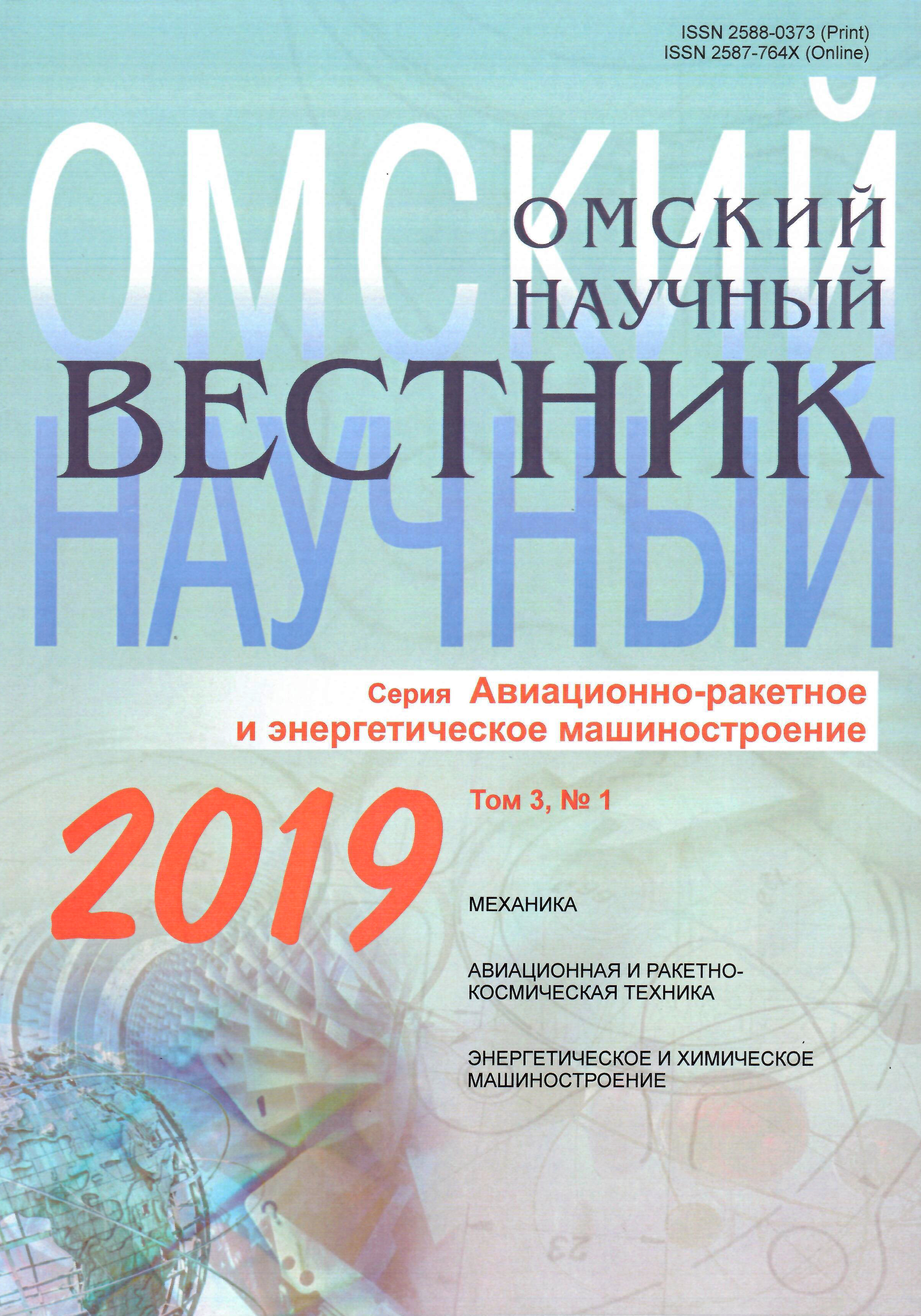The impact of weather factors on operation of radiation heating system
DOI:
https://doi.org/10.25206/2588-0373-2019-3-1-66-72Keywords:
solar radiation, radiation life support systems, heat insulation, heating, renewable energy sourcesAbstract
Solar energy refers to clean and renewable energy sources. The operation of radiation heating systems does not require significant costs. The work of radiation panels is affected by a number of weather factors such as cloudiness, temperature and humidity of atmospheric air, precipitation, fog, season of year and day, sun position angles and inclination angles of solar panels. With an insolation area of a solar collector of 0.02 m2, it is capable to produce about 1...2 W (50...100 W/m2) in winter and 5...8 W (250...400 W/ m2) in summer. With a living area of small farmhouse of 60 m2, the area of the southern slope of the roof is 50...70 m2, which makes it possible to get 2,5...7 kW of power for premises heating. With traditional thermal insulation, such power is enough for heating under light frost (up to –20°C), with stronger frosts, additional electric, stove or boiler heating is necessary.
Downloads
Published
How to Cite
Issue
Section
License
Non-exclusive rights to the article are transferred to the journal in full accordance with the Creative Commons License BY-NC-SA 4.0 «Attribution-NonCommercial-ShareAlike 4.0 Worldwide License (CC BY-NC-SA 4.0»)




